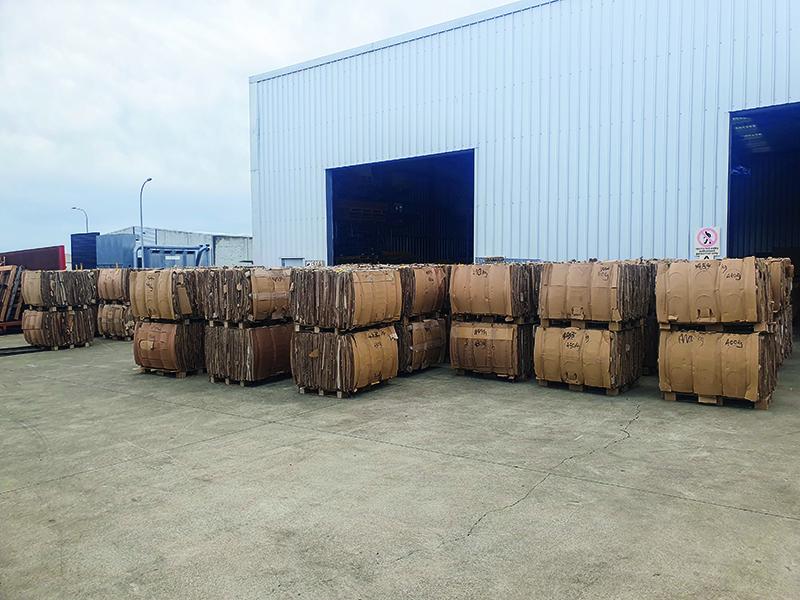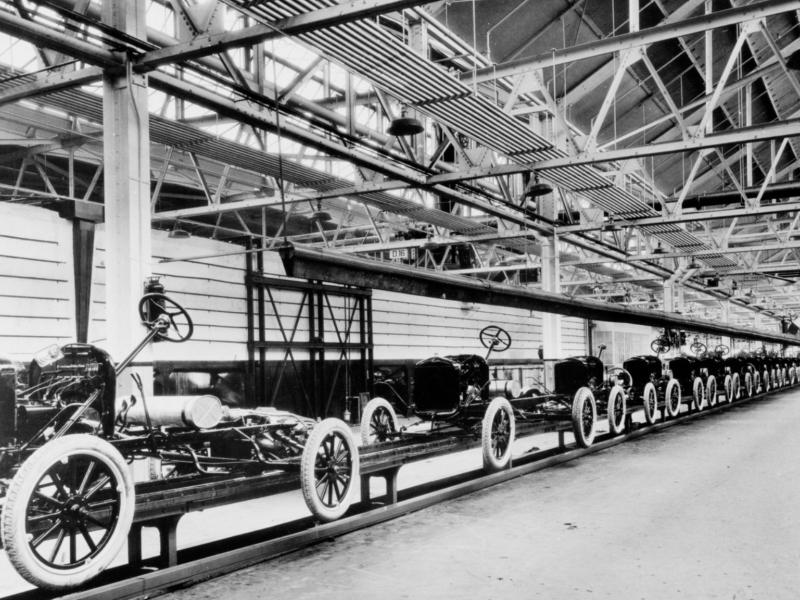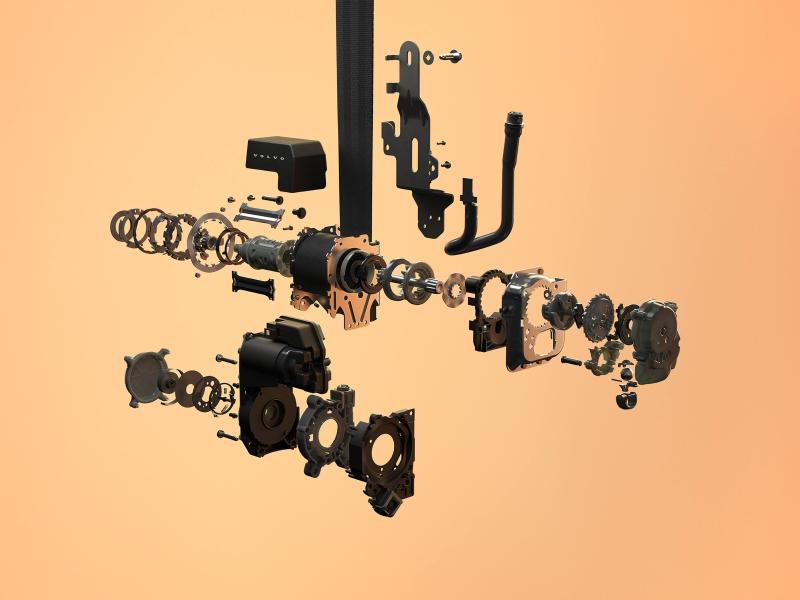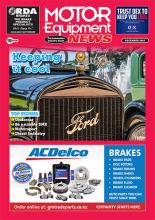Moving vehicles and parts around the country accounts for just over a third of Toyota New Zealand’s carbon emissions.
In 2022, Toyota started moving containers carrying parts from the Port of Napier to its distribution centre in Palmerston North via rail instead of road.
In the past year, it experienced a 69 percent decrease in carbon emissions by the modal shift from road to rail with a saving of 32.8 tonnes of CO₂. The decrease would have been higher at approximately 75 percent if the rail network had not been temporarily disrupted by Cyclone Gabrielle.
In addition, the move to rail removed approximately 725 truck trips and 100,000 litres (or about the volume of a one car garage) of fuel.
The modal shift is part of Toyota New Zealand’s plan to reduce carbon emissions from its operations by 46 pecrent by 2030 (compared to the base year of FY2018/19).
In a separate initiative to reduce waste and carbon emissions, in 2023 Toyota introduced a cardboard baler at its Distribution Centre in Palmerston North.
The warehouse processes thousands of parts every day, shipping out new parts to Toyota stores and service centres up and down the country. As a result, a staggering amount of cardboard and packaging accumulates at the warehouse, which is 38,000 sqm or the size of around four rugby fields.
All cardboard goes through the baler, gets broken down to create a 450kg cardboard bale and is then sent away for recycling, thereby creating a new revenue stream. In addition, 19 to 23 truck movements per month have been reduced to just one, resulting further CO₂ savings and contributing to Toyota New Zealand’s plan to reduce operational carbon emissions.






